Affiliate links on Android Authority may earn us a commission. Learn more.
Freelander PD80 3G full review
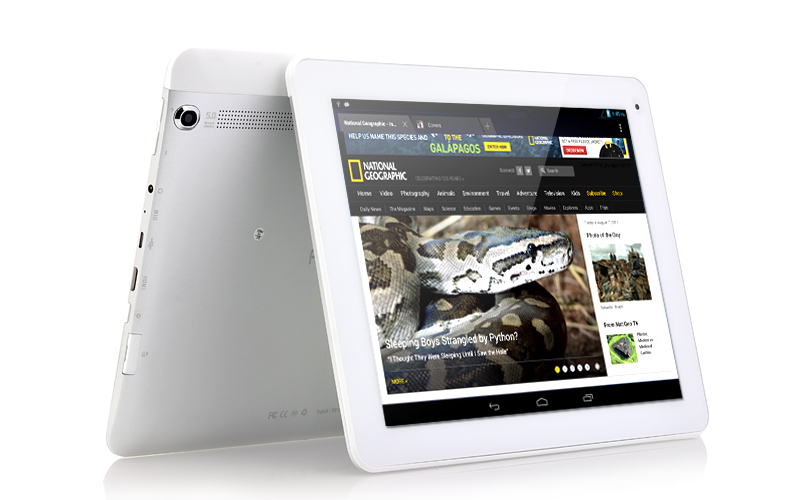
The overall look of the PD80 is similar to the iPad. The bezel and case are just under 2 cm wide (from the edge of the display), which according to my crude measurements is about 1 mm wider than on an iPad 2. So at first glance the PD80 looks very much like a white iPad 2. However there is no round button at the bottom, but there is a small front facing camera. However once you turn the device over it looks very different. The back is made of a silver plastic that doesn’t attract fingerprints but I would imagine it could scratch if treated too roughly. On the back is the 5MP camera and the SIM card slot, which is covered by an oblong rubber plug. The bottom of the device contains all the ports and buttons. The on/off button and the volume rocker are quite slim and not easy to find without looking but they feel robust in use. Next to the on/off switch is the micro HDMI port and the micro USB port which is used to charge the device and can also be used as an OTG USB port via the supplied adapter. There is also a headphone jack and a micro SD card slot (under a white rubber cover). Overall all the ports and buttons are compact and nicely designed.
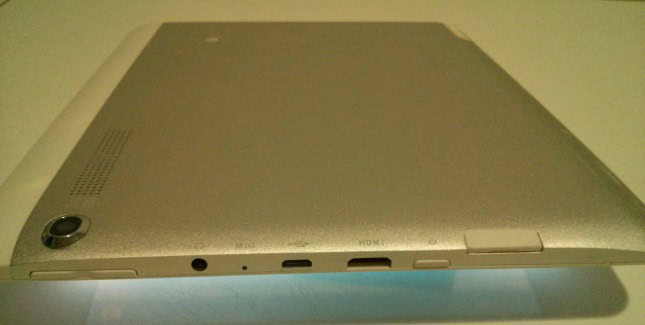
Since this is a budget tablet, that is designed to compete with the iPad 2, the display only has a resolution of 1024 x 768, however it is an IPS display meaning the viewing angles are good. The brightness is good and the color reproduction is as a good as any budget device. In fact compared to my Nexus 7 (2012) the colors were more vibrant and rich. However it is worth noting that the device does not support auto-brightness.
The PD80 comes with quite a full feature list considering its budget pricing. Along with the quad-core CPU and 3G support the device comes with GPS, Bluetooth, HDMI output, and a micro SD card slot. The full specs are:
- Android 4.2 Jelly Bean
- 1.2GHz MT8389 Quad Core processor
- 1GB RAM
- 1024 x 768 9.7 inch IPS display
- 16 GB internal storage
- 3G: WCDMA: 850/2100MHz and 2G: GSM 850/900/1800/1900MHz
- WiFi: 802.11 b/g/n
- GPS
- Bluetooth 4.0
- 5 Megapixel Rear Camera
- 0.3 Megapixel Front-Facing Camera
- Mic and Speaker
- 6000 mAh Battery
- Micro SD Card up to 32GB
- HDMI
- 240 x 190 x 9 mm (L x W x D)
- Weight: 666 grams
The processor in the PD80 is the same as in the Freelander PX2 which I reviewed a couple of months ago. It comes from MediaTek and is based on the Cortex- A7 with a PowerVR SGX 544MP GPU. The performance is very similar to that of its smaller cousin and the 1.2Ghz CPU scored 13245 on AnTuTu.
I ran Epic Citadel in all three of its quality modes (high performance, high quality and ultra high quality) and the PD80 managed over 50 fps for the first two categories (scoring 57.9 and 55.4 respectively). It only faltered in the ultra high quality mode where it managed just 24.2 fps.
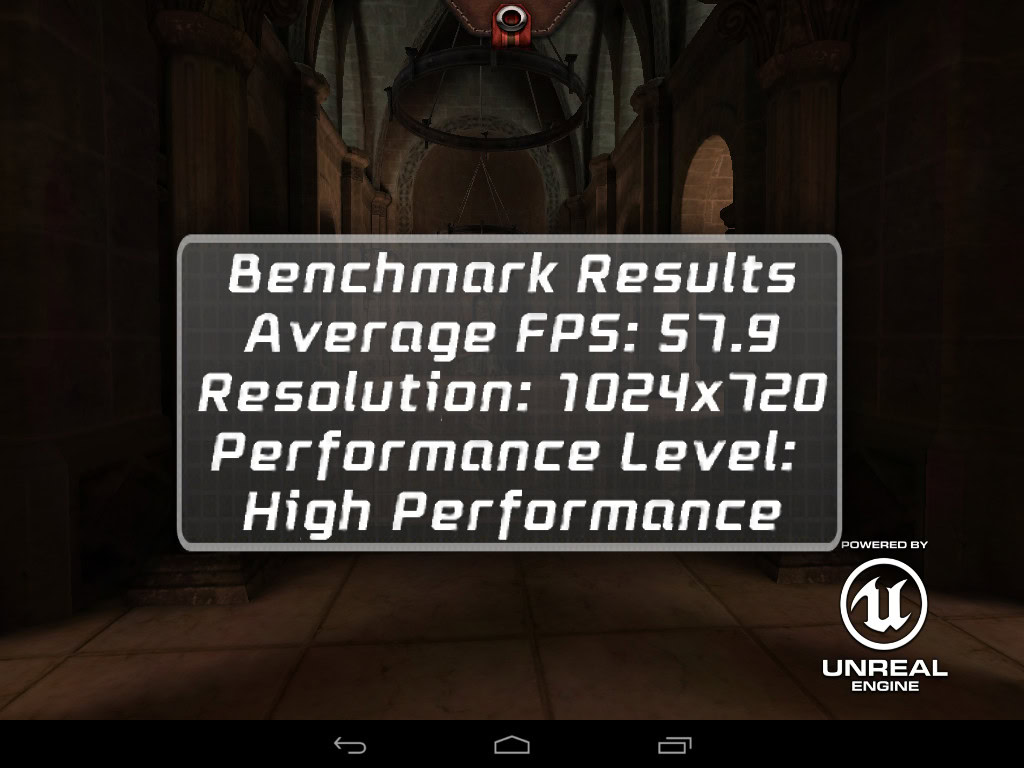
These are good results for a budget device and as expected the PD80 felt fast and fluid all the time I used it.
A quick test of the GPS shows that it takes about a minute to get its initial lock but after that it reacquires the signal quite quickly (less than 15 seconds) even after a reboot (but still in the same physical location).
The Freelander PD80 ships with Android 4.2.2 and although there are some forums discussing various firmware options for older Freelander models, it is unlikely that it will be upgraded to Android 4.3 or 4.4. I did actually find a firmware download section on the official manufacturers website (www.link-create.com.cn) but 4.2 seems to be the latest firmware available for all of their products. But Android 4.2.2 is still a fairly recent and highly respectable version of Android. The PD80 comes with full support for the Google Play Store and works with all the usual Google apps like Gmail and Hangouts.
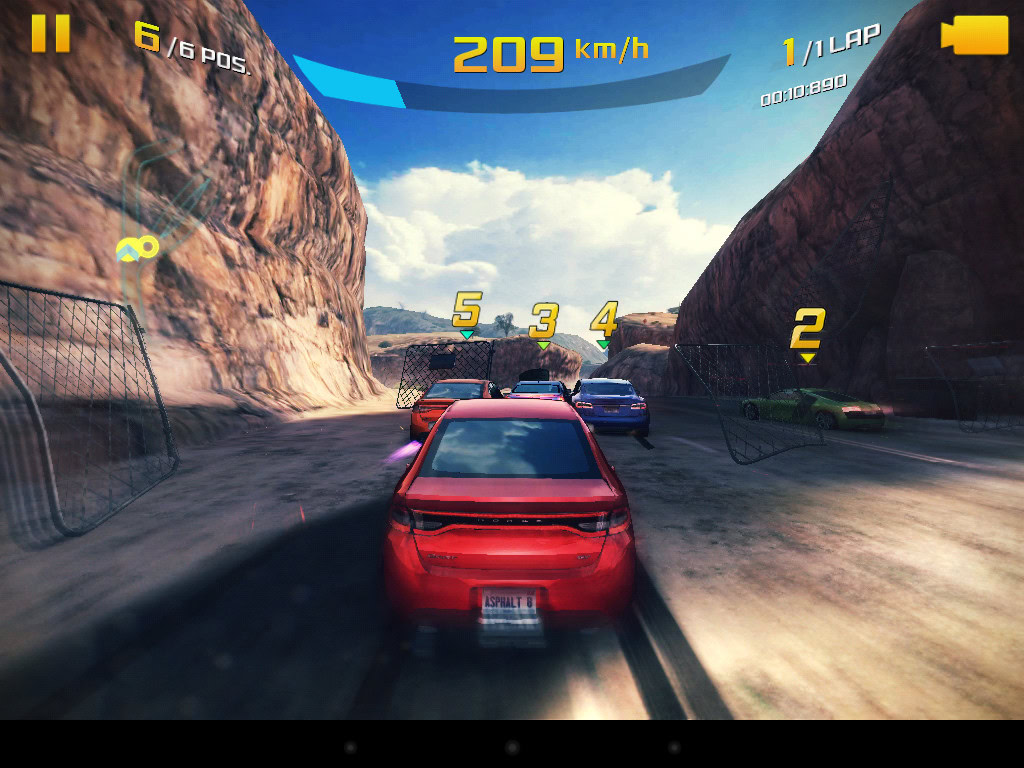
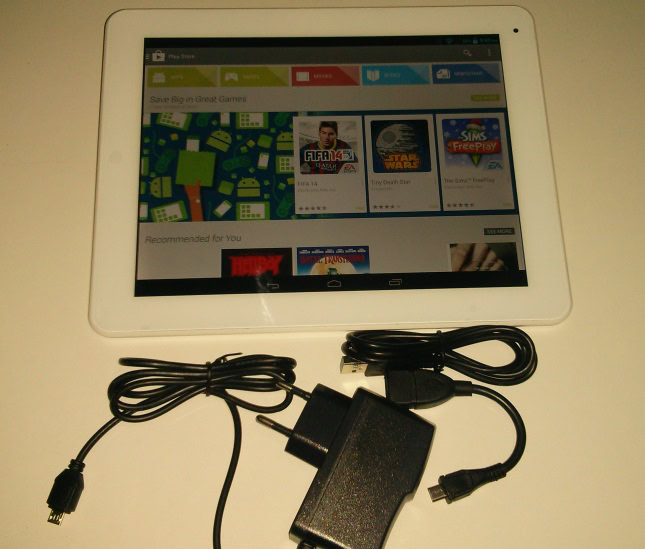
The PD80 comes with a 6000 mAh battery which is smaller than the batteries found in the Nexus 10 and iPad 2, so 8 hours battery life shouldn’t be expected. My testing has shown that the maximum usage you will get out of the PD80 is around four to five hours from one charge. I performed three different tests. The first was to watch an MP4 video film which was stored on the internal flash. With Wi-Fi on and the screen at half brightness the device can play around five hours of video before needing a recharge. Switching to watching a streaming YouTube video that number drops to around 4 hours and using the “Guided Tour” mode in Epic Citadel I calculate that this tablet will handle about 3 hours of heavy 3D gaming. On the plus side the device sleeps well and after one night the battery lost only 1% of its charge. Over the course of three days, only waking the device once or twice a day to see the battery level the tablet used around 25% of its battery, which isn’t bad considering that internally Android will periodically wake the device to check for email and fetch any cloud notifications etc.
The device comes with a 5 megapixel rear camera and a VGA front facing camera. The inclusion of a better-than-VGA camera on the front would have been nice, but it should be suitable for those who want to use the PD80 for video chats. Unfortunately the main camera seems to have a problem with color vibrancy and often the pictures look bland. They can however be spiced up using the built-in Android photo editor. On the plus side the built-in camera app includes features like face detection, HDR and panorama mode.
Here is a small selection of pictures taken with the PD80:

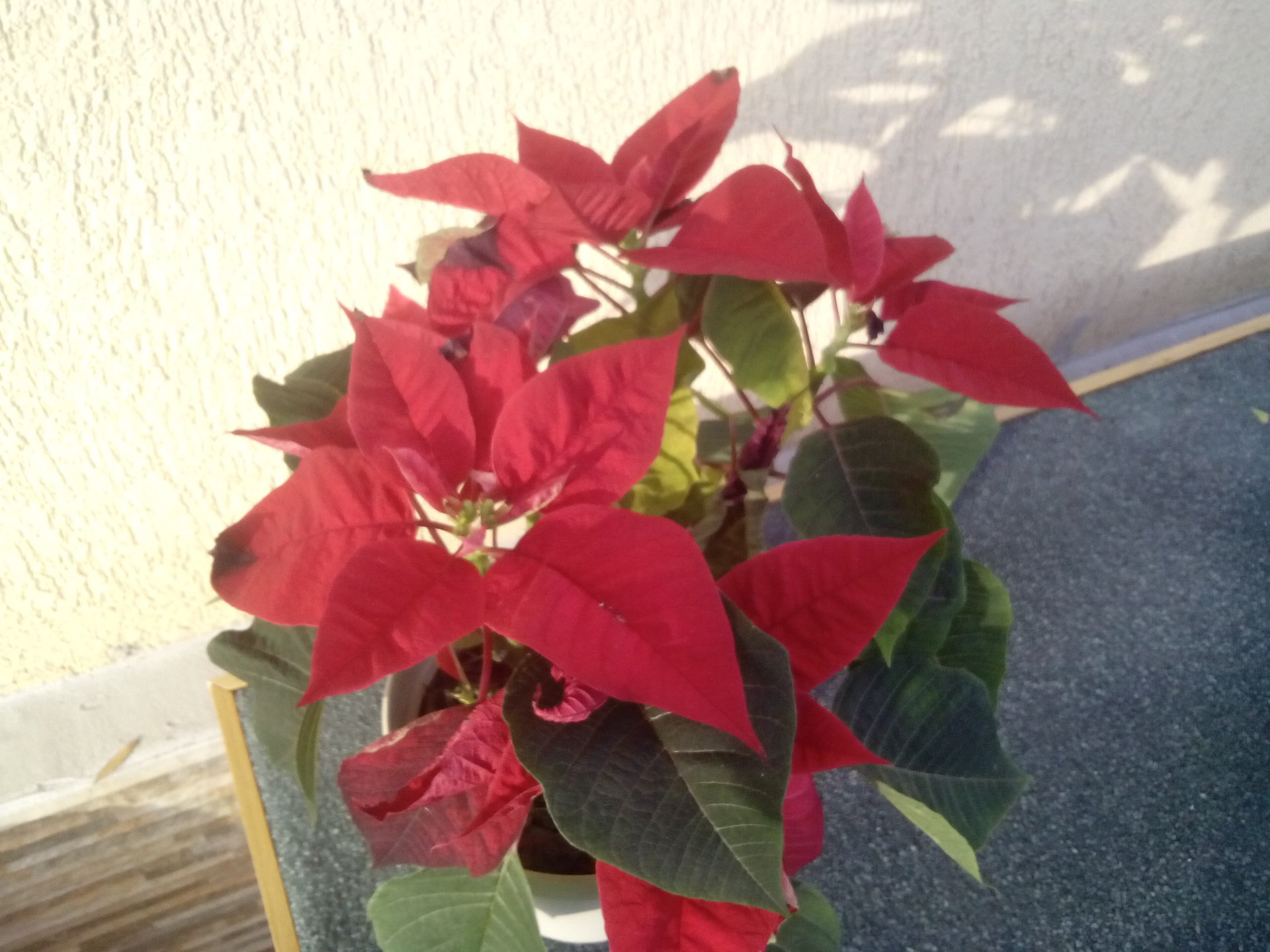

The PD 80 comes with 3G connectivity and has a SIM slot on the back. Oddly enough it also includes the normal phone type software like dialpad! When using the device as a phone it is permanently set in hands free mode which worked surprisingly well! With a SIM card inserted the tablet can also access the Internet via 3G and can be used to send and receive text messages.
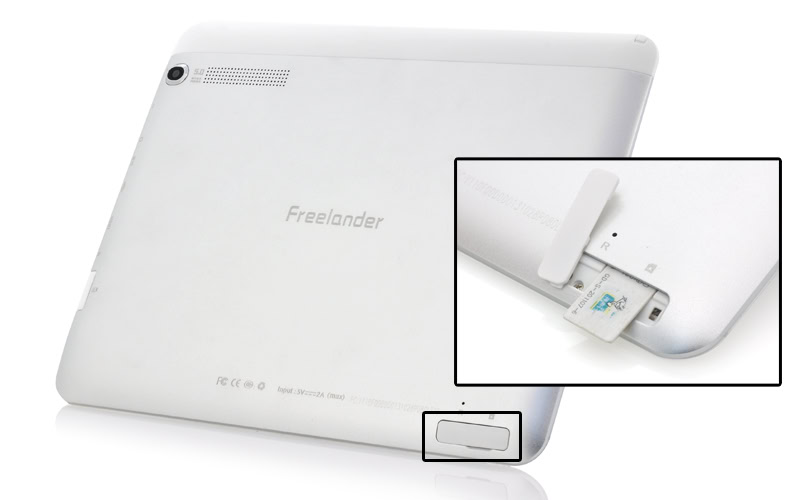
However it is worth noting that the device only supports WCDMA on 2100MHz and on 850MHz. The first number is the ‘normal’ 3G frequency and should work in many places around the world (except the USA), however a lot of carriers also use a secondary 3G network on a different frequency. In Asia and South America this is often 850MHz, while in Europe it is mainly 900MHz. You need to check what frequencies your carrier is using to ensure you get the best 3G connectivity from this tablet.
For $230 you get a quad-core 9.7 inch tablet with 3G, GPS, an IPS display and up to five hours of battery life. It can be bought from Chinavasion which ships worldwide but watch out for any import duties that might need to be paid on delivery.
Compared to an iPad 2, this device is very cheap (almost half the price of a 3G iPad 2) and has quite a number of extra features that the iPad doesn’t have, including HDMI output and an SD card slot. Even though the competition is tough among Android tablet makers, a 9.7 inch tablet with 3G connectivity for just $230 is a good price.